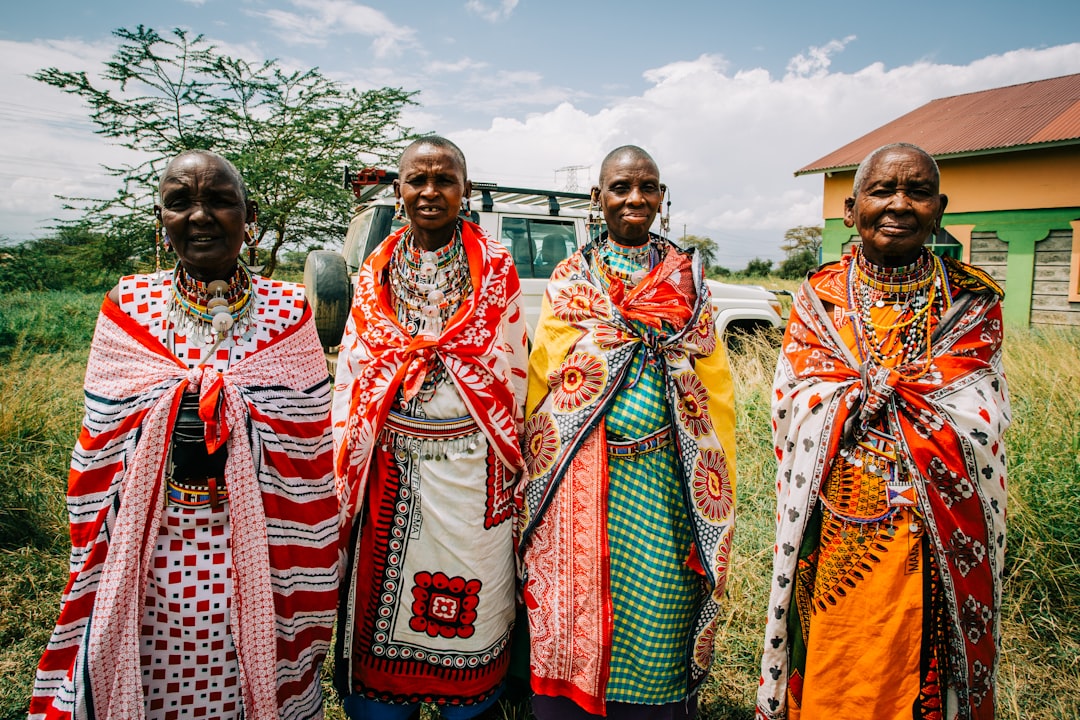What is it about?
This article provides an overview of People’s Republic of China (PRC) counter-terrorism policies targeting Uyghurs since 2001 when the state first asserted that it faced a terrorist threat from this population. In reviewing these policies and their impact, it suggests that the state has gradually isolated and excluded Uyghurs from PRC society. Drawing on the writings of Michael Foucault, it articulates this gradual exclusion of Uyghurs as an expression of biopolitics where the Uyghur people as a whole have come to symbolize an almost biological threat to society that must be quarantined through surveillance, punishment, and detention. Rather than suggesting that these impacts of China’s “war on terror” coincide with the intent of state policy, the article argues that they are inevitable outcomes of labeling a given ethnic population as a terrorist threat in the age of the Global War on Terror.
Featured Image
Why is it important?
This article provides one of the first systematic accounts of the policies employed by the PRC vis-a-vis Uyghurs in the name of combatting terrorism. As such, it highlights the ramifications of labeling Uyghurs as potential terrorists, both for Chinese nation-building efforts at integrating Uyghurs into the PRC and for the daily lives of Uyghurs themselves. As such, it offers a timely explanation of the present situation in the PRC's Xinjiang Uyghur Autonomous Region that is steeped in the history of this region over the last seventeen years in the context of the Global War on Terror.
Perspectives
This article is part of a larger project that will result a book manuscript examining the self-fulfilling prophecy of Uyghur militancy created by the PRC's adoption of a discourse on terrorism as an explanation of Uyghur dissent.
Dr Sean R. Roberts
Sean Roberts
Read the Original
This page is a summary of: The biopolitics of China’s “war on terror” and the exclusion of the Uyghurs, Critical Asian Studies, March 2018, Taylor & Francis,
DOI: 10.1080/14672715.2018.1454111.
You can read the full text:
Contributors
The following have contributed to this page










